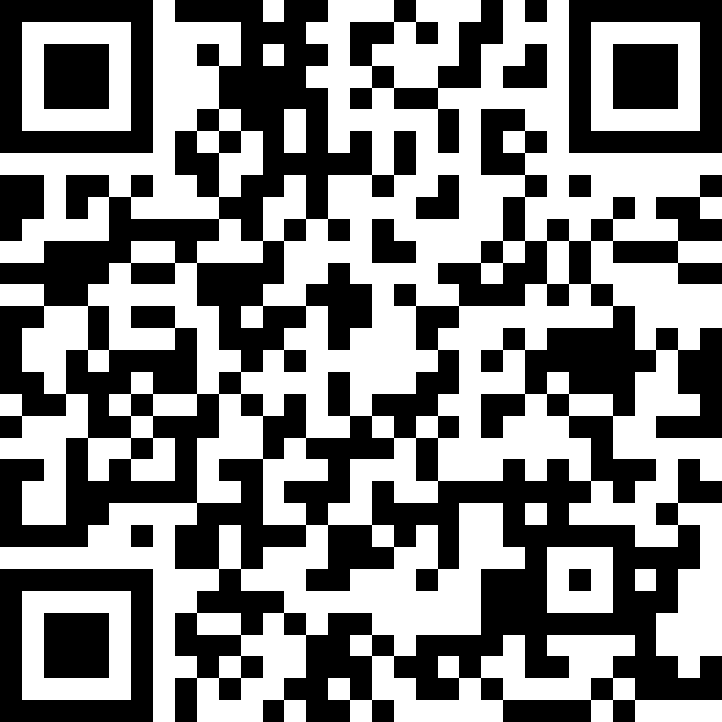Graduate Program
Communication Studies
Degree Name
Master of Arts (MA)
Semester of Degree Completion
2012
Thesis Director
Matthew Gill
Thesis Committee Member
Elizabeth Gill
Thesis Committee Member
Brian Sowa
Abstract
An organization's image and reputation rely heavily on how it interacts with its stakeholders. With an increase in globalization, more organizations are conducting business internationally with diverse stakeholders. When an organization faces a crisis, it must design specific messages that meet the needs of its stakeholders and the public. Image Repair Theory not only provides strategies for crisis communicators when crafting messages, but it also provides guidelines to critically evaluate those messages. Most crisis communication research, including Image Repair Theory, does not address cultural differences. The ways in which a culture perceives, understands, and communicates about crises and image repair efforts differ. This leads to different understandings of a crisis, which would necessitate different responses. Toyota's 2009-2010 recall crisis serves as case to examine how dimensions of cross-cultural communication must be considered during an image repair attempt for a global organization. Toyota's public statements, as well as newspaper articles from three sources, are analyzed in order to reveal themes pertaining to Benoit's image repair strategies, understand how cultural dimensions are manifest in message creation and interpretation, and find inconsistencies between Toyota USA and Toyota's headquarters in Japan. Through these findings, recommendations are provided to advance Image Repair Theory to contain a cultural aspect when repairing image.
Recommended Citation
Mangiaracina, Nicole, "International image repair: Integrating culture into image repair discourse" (2012). Masters Theses. 939.
https://thekeep.eiu.edu/theses/939




